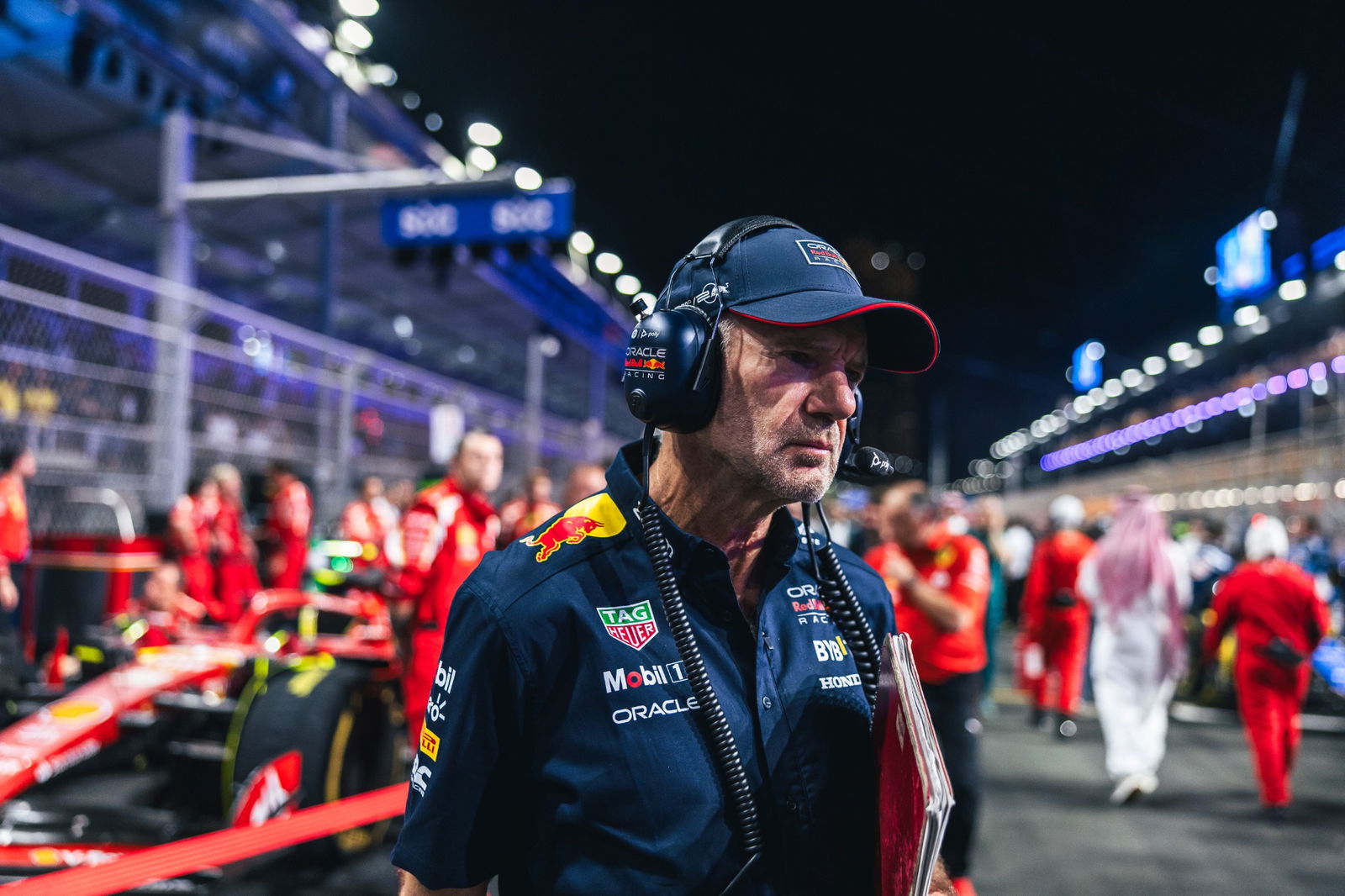Lando Norris pinpoints ‘significant’ deficit of McLaren’s 2024 F1 car
Lando Norris reveals the main weakness holding back McLaren's 2024 F1 car.

Lando Norris says McLaren’s 2024 F1 car loses “a significant amount of time” in low-speed corners compared to the team’s rivals.
McLaren continued their strong start to the season as Norris claimed the final spot on the podium at the Australian Grand Prix behind Ferrari pair Carlos Sainz and Charles Leclerc, while teammate Oscar Piastri finished fourth.
Melbourne’s Albert Park circuit played to the strengths of the MCL38 and Norris is hopeful that performance will translate over to next weekend’s Japanese Grand Prix at another high-speed venue, Suzuka.
But the Briton acknowledged McLaren still have to address their weakness if they are to become consistent podium challengers.
“If we look back to Suzuka last year, it was one of our best weekends: two cars on the podium, just the Red Bull ahead of us,” Norris said.
“I think it is clear that Red Bull are maybe two steps ahead of us and Ferrari one step, but when you get to a track that suits us, then I think we can be confident.
“We are very strong in the high-speed corners, which is why we were good here [Melbourne], but we lose a significant amount of time in the slow-speed corners.
“If we can improve on that just a little bit, then most weekends I would say I would be confident that we could compete for podiums and good points.
“We are missing a few little things, but we are working and as soon as we do that, things will click.”
Team principal Andrea Stella also referenced McLaren’s low-speed weakness as he conceded Leclerc beat Norris on merit.
“Leclerc finished ahead of Lando because they have a faster car at the moment,” Stella said.
“The positive news is that this faster car is not faster by much at all.
“We were very close, which I think is encouraging for Japan in which some of the characteristics that make Australia being good for us take another step further in having a higher ratio of medium-high-speed [corners] compared to low-speed.”


